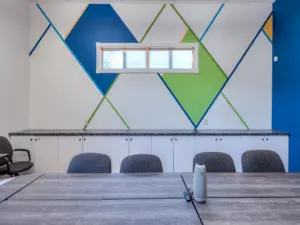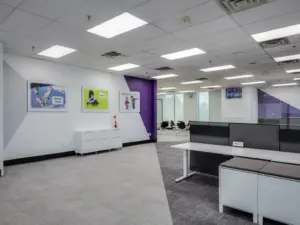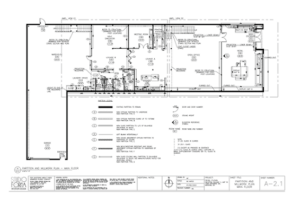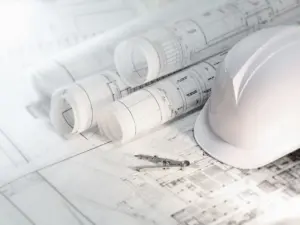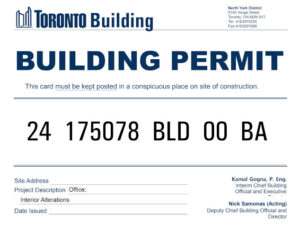Homeowners and developers investing in a renovation or new build want more than just a beautiful space—they want a smooth, hassle-free process. That’s why they look for interior designers who can work seamlessly with contractors, ensuring everything runs efficiently from concept to completion.
So, what exactly are clients looking for in this collaboration?
1. A Unified Vision
Clients want a design that doesn’t just look good on paper but translates seamlessly into reality. They expect designers and contractors to be on the same page, ensuring structural feasibility without compromising aesthetics.
Example: A client envisions a floating staircase with integrated lighting. The designer ensures the concept aligns with the structural requirements, while the contractor executes it precisely, avoiding costly mid-construction revisions.
2. Time & Cost Efficiency
Delays and unexpected expenses are a client’s worst nightmare. They expect a well-organized team that minimizes last-minute design changes and miscommunications.
Example: A designer specifies the exact tile layout before installation. This ensures the contractor orders the correct quantity, reducing material waste and avoiding delays from reordering.
3. Comprehensive Project Management
Clients don’t want to juggle schedules, coordinate trades, or double-check every installation detail—that’s what they hire professionals for. A well-managed process keeps the project running smoothly.
Example: An interior designer working on a high-end kitchen reno provides the contractor with detailed millwork drawings, including appliance dimensions and plumbing locations. This eliminates guesswork, ensuring everything fits perfectly.
4. Regulatory Compliance
Navigating permits and codes is tedious, but necessary. Clients expect their project to be up to code without them having to get involved in the technicalities.
Example: A designer working on a heritage home renovation ensures all proposed changes comply with preservation guidelines before submitting plans for approval, preventing costly permit rejections.
5. High-Quality Execution
A well-designed space only works if it’s built to match. Clients expect an end result that reflects the level of detail and craftsmanship they envisioned from the start.
Example: A custom-built entertainment unit with integrated lighting and hidden storage requires precise coordination. The designer provides detailed shop drawings so the contractor can fabricate it exactly as planned, avoiding misalignment issues.
6. Problem-Solving & Flexibility
No project is free of surprises. Whether it’s a structural issue or a discontinued material, clients appreciate a team that can pivot without derailing the project.
Example: Midway through a renovation, the client’s preferred flooring is discontinued. The designer quickly sources an alternative that matches the original aesthetic, and the contractor adjusts the installation timeline accordingly.
7. Reduced Client Burden
Clients don’t want to mediate between designers and contractors. They want clear communication and problem-solving handled behind the scenes.
Example: Instead of overwhelming the client with construction details, the designer acts as the point of contact, ensuring the contractor gets the right information without unnecessary back-and-forth.
The Bottom Line
When interior designers and contractors collaborate effectively, clients get the best of both worlds—stunning design and flawless execution, without the headaches. The more streamlined the process, the more likely the project stays on time, on budget, and up to expectations.
Frequently Asked Questions (FAQ):
How do interior designers work with contractors to ensure clients have reduced stress?
Clear Communication
- Single Point of Contact: Designers act as the main liaison between clients and contractors, minimizing the back-and-forth that can overwhelm clients.
- Regular Updates: Providing clients with regular progress updates and addressing any concerns keeps them informed and involved without feeling burdened.
Thorough Planning
- Detailed Documentation: Designers create comprehensive plans, including drawings, specifications, and timelines, ensuring that contractors have everything they need to execute the project efficiently.
- Material Selection: By selecting materials and finishes early on, designers help contractors avoid delays caused by last-minute changes or ordering issues.
Project Management
- Scheduling Coordination: Designers work with contractors to create realistic schedules that account for all aspects of the project, reducing the likelihood of delays and unexpected complications.
- Trade Coordination: Managing different trades involved in the project helps streamline processes and ensures everyone is on the same page, reducing confusion.
Problem-Solving
- Proactive Solutions: Designers anticipate potential issues and develop contingency plans, allowing them to address challenges quickly without involving clients in stressful decision-making.
- Flexibility: When unexpected problems arise, designers and contractors can adapt plans without disrupting the overall timeline or client experience.
Regulatory Compliance
- Permit Management: Designers handle the necessary permits and ensure that all work complies with building codes and regulations, alleviating clients from the complexities of the approval process.
- Attention to Detail: Ensuring all design aspects meet legal requirements reduces the risk of costly delays and rework.
High-Quality Execution
- Quality Assurance: Designers monitor the contractor’s work to ensure it aligns with the design vision, catching issues early and preventing stress related to unsatisfactory results.
- Final Inspections: Conducting thorough inspections before client walkthroughs ensures that any last-minute fixes are addressed, presenting a polished end result.
